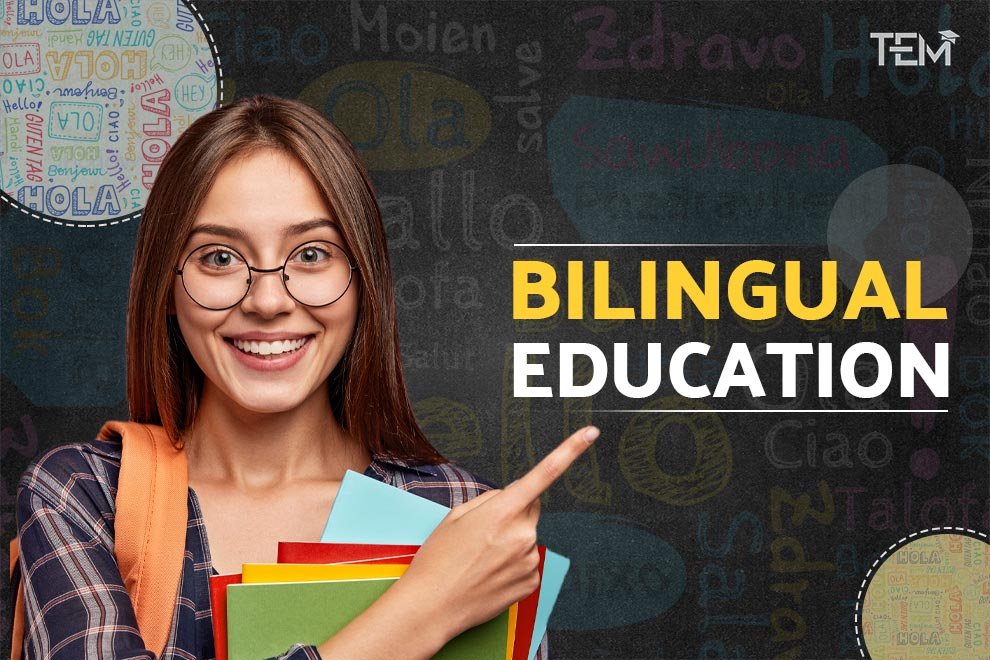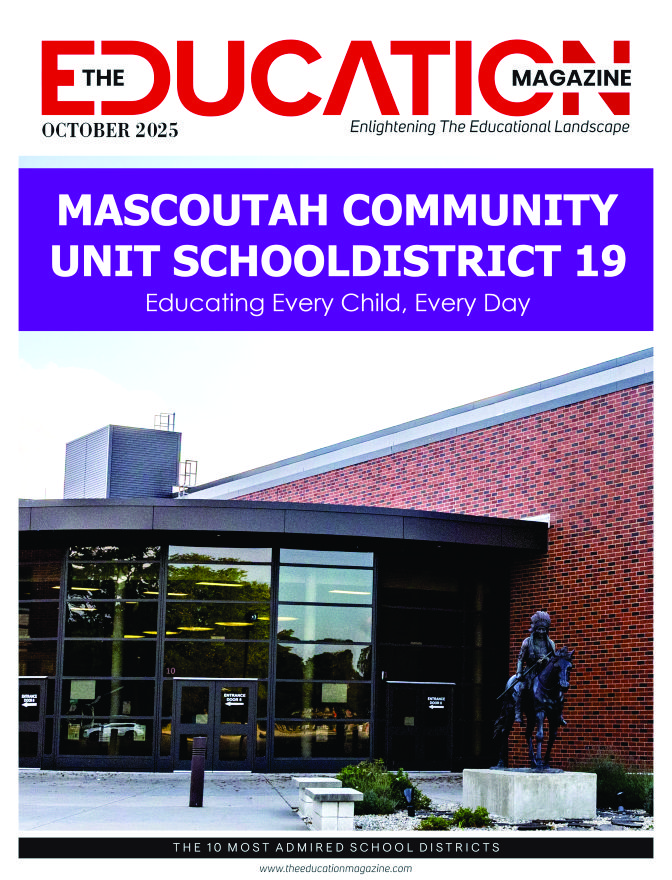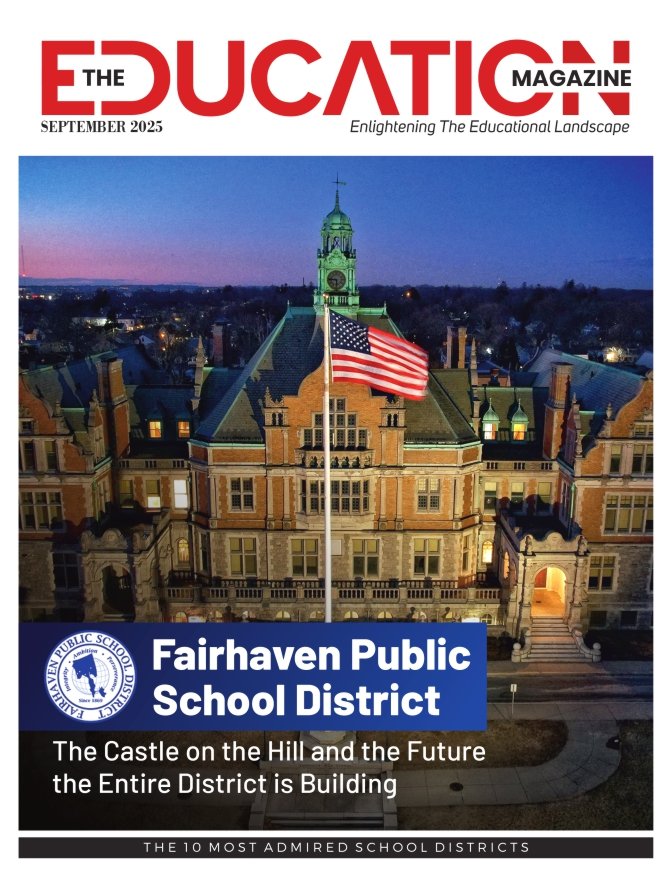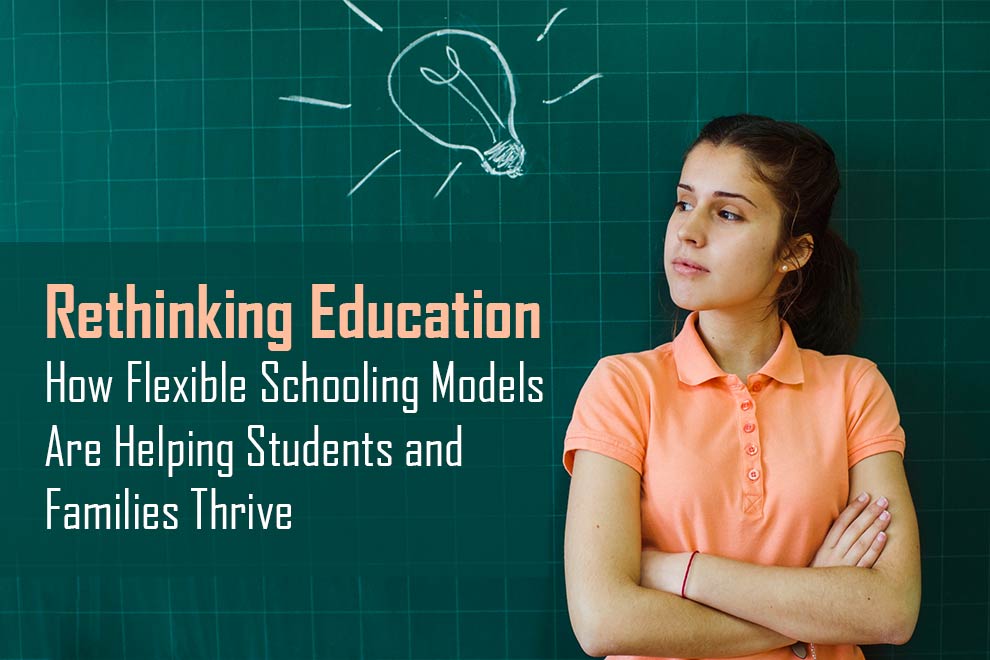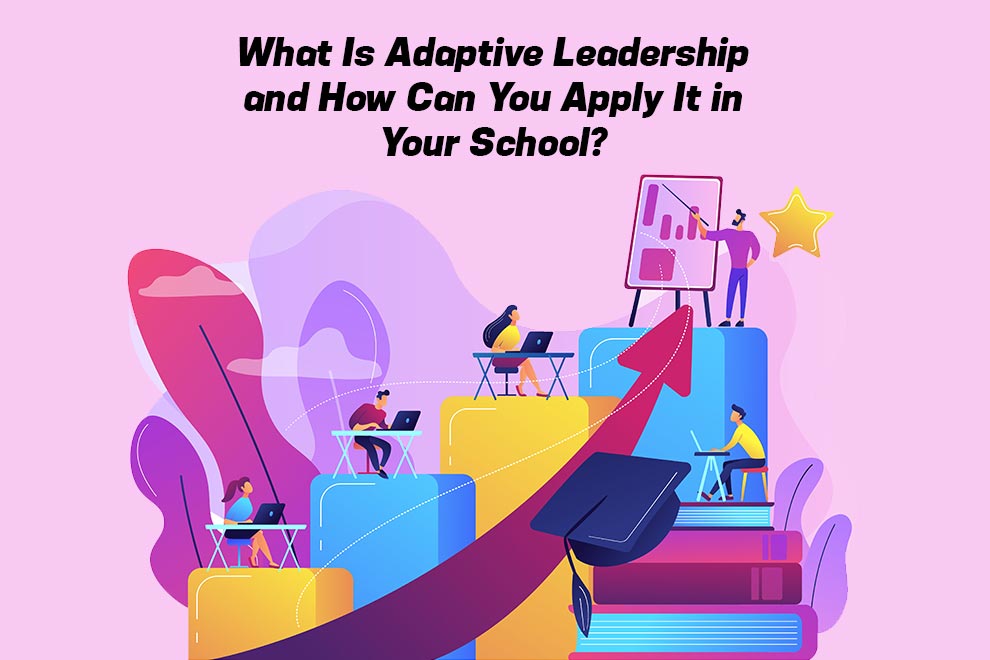Imagine a child navigating our interconnected world, struggling to communicate beyond one language. This scenario is increasingly common, yet a quiet revolution changes the face of the modern-day classrooms: bilingual education. This isn’t just about learning another language; it’s a powerful approach to learning that offers profound benefits. Skeptics often question its true value, but current estimations reveal an eye-popping reality: over half the world’s population, approximately 60%, fluently speaks more than one language. This post will explore the significant cognitive, academic, and cultural advantages of bilingual education, demonstrating why it is essential for tomorrow’s global citizens.
The Cognitive Superpower: How Bilingual Education Rewires the Brain
A. Enhanced Executive Functions:
Bilingual education helps the brain grow stronger. Just like exercise builds muscles, learning two languages trains your brain.
- It improves your attention span. You focus better and ignore distractions.
- It helps in problem-solving. Switching between two languages builds mental flexibility.
- It boosts multitasking skills. The brain constantly chooses the right language in real time.
A study found that bilingual children had better inhibition skills than monolingual kids by Year 2. This shows how bilingual education sharpens the mind early in life.
B. Boosted Academic Performance (Beyond Language Arts):
Many parents worry—will learning two languages slow down my child in math or science? But the truth is, bilingual education often takes your performance to the 7th sky in these subjects.
- In one study, low-SES Hispanic students in bilingual programs did as well or better in math than peers in English-only settings.
- Bilingual kids scored 0.57 standard deviations higher on math tests—equal to two extra years of learning.
- Another study found Mandarin-English bilingual students outperformed others in math by Grade 4.
- In science, bilingual kids performed at or above state averages, even when taught mostly in Mandarin.
So, bilingual education doesn’t confuse—it sharpens the brain.
C. Creativity and Metalinguistic Awareness:
Why does bilingual education boost creativity? Because it changes how the brain thinks. When students learn two languages, they don’t just speak more—they think differently. They start noticing how words work in both languages. This is called metalinguistic awareness.
Let’s take an example: someone who can have a word in both English and Spanish understands that the word order isn’t always the same. This skill helps them solve problems in unique ways. According to a study by Kharkhurin, bilinguals somehow tend to score a little extra than the normal folks on creative tasks.
That’s how bilingual education opens doors—not just in communication, but in cognition too.
More Than Words: The Cultural & Social Tapestry
A. Global Citizens in the Making:
Bilingual education does much more than teach two languages. Children who learn in two languages show stronger problem-solving, better memory, and greater focus. Why? Because the brain constantly switches between languages, building stronger mental muscles.
But that’s not all. Bilingual kids often grow up as global citizens. They easily understand different cultures and develop empathy right from the start. For example, just think of a bilingual kid giving some help away to the classmates from two different countries understand each other. That’s more than words — that’s bridging worlds.
Let’s look at the numbers from the very start of this trend. Between 2010 and 2015, demand for bilingual workers jumped from 240,000 to 630,000. Since 2020, remote bilingual jobs have grown by 30%.
According to ACTFL (2019):
- 90% of U.S. employers need multilingual staff
- 56% expect this need to rise
- 33% face a language skills gap
- 25% lose business due to it
Clearly, bilingual education isn’t just an advantage — it’s a necessity.
B. Enhanced Communication & Connection:
So you must be lost in the woods of thoughts of why bilingual education matters beyond just speaking two languages? Because it changes the way we think, connect, and even earn.
Enhanced Communication & Connection
- Children who learn in two languages build deeper emotional ties with family and culture.
- They can make friends from different countries and fit easily into diverse workplaces.
- Parents often fear their child might forget their native tongue. But bilingual education strengthens both the native and the new language.
Global Financial Impact
- Switzerland earns 10% of its GDP because of multilingualism.
- Britain, due to weak language skills, loses 3.5% of its GDP yearly.
- A shared language can increase trade by 44%.
- Better English skills attract more FDI and boost international trade.
Bilingual education doesn’t just teach words. It opens doors—to jobs, to culture, and to global markets. It’s not just smart learning; it’s a long-term financial strategy.
C. Career Advantage in a Globalized World:
How does bilingual education give you a financial edge in today’s job market?
Let’s break it down. Bilingual education doesn’t just teach you a second language—it builds a powerful career tool for the Hr’s to judge you by a piece of paper in their hand. In fact, bilingual professionals often earn that little but very important 5% to 20% more than those who speak only one language.
- In the U.S., bilingual MBA grads earn 22% more in starting salaries.
- In Florida, knowing Spanish and English brings in $7,000 more annually.
- In Canada, bilingual men earn 3.6% more; women earn 6.6% more—even if they don’t use that second language at work.
Some jobs even offer language bonuses. U.S. government workers fluent in key languages can earn up to $500 per pay period, or 5% more in some roles.
Bilingual education also boosts soft skills—like communication and problem-solving. That’s why bilingual employees are 19% more likely to get raises. And in global roles, that edge matters even more.
So yes, bilingual education equals better pay.
Addressing the Elephant in the Room: Common Myths & Concerns
A. Myth 1: “It will confuse my child or cause language delays.”
Many parents fear bilingual education might confuse children or delay their speech. But let’s address this head-on.
Fact: Children can learn two languages at once. It’s called simultaneous acquisition. And even when they learn one after another (sequential acquisition), they manage it just fine.
Research shows:
- Bilingual children do not face any figuring-it-out reaction to other languages than their monolingual peers.
- A 2.6-year-old study revealed bilingual toddlers with 60%+ English exposure performed just as well as monolingual kids.
- Kids with SLI or ASD showed no harm—and some even had larger vocabularies in bilingual settings.
- About 40% of children globally lack access to education in a familiar language. Bilingual education helps fill this gap.
So, what might look like that so-called “confusion” is often code-switching—a sign of mental flexibility, not a flaw.
Bilingual education doesn’t slow children down. It sets them up for global success.
B. Myth 2: “My child won’t master either language perfectly.”
Is it true that bilingual education limits language mastery?
Not really. First, let’s ask—what does “mastery” even mean? Is it speaking like a poet or writing long essays? In real life, language mastery is about getting the job done—at school, at work, or even while playing. This is called functional fluency.
Bilingual education helps children use both languages with ease. They may speak English at school and their home language with family. That’s still bilingual—and that’s powerful.
According to UNESCO’s Global Education Monitoring (GEM) Report, 40% of the world’s people don’t get to learn in a language they fully understand. In some poorer areas, this goes up to 90%. Bilingual education solves this by building learning in two languages side by side.
So yes, challenges exist. But the benefits? Much bigger. Kids grow up smarter, flexible, and better connected to the world around them.
C. Myth 3: “It’s only for immigrant families or specific cultures.”
So, is bilingual education meant only for immigrant families? Absolutely not.
Let’s break the myth. Bilingual education benefits every child, no matter what is his/her cultural or family backstory is. Whether you speak only English or another language within your own four walls called home, this model boosts brain development, enhances communication, and improves problem-solving skills. That’s true for all kids.
In fact, Dual-Language Immersion (DLI) and Maintenance Bilingual Education (MBE) models show faster English learning and higher reading and math scores among low-income students. And that’s not all. MBE also helps English-speaking students learn a second language without affecting their English skills or grades.
Even Developmental Bilingual Education (DBE) has proven results. Kids show strong oral language, early reading skills, and reading comprehension in both English and Spanish.
So, bilingual education isn’t about where you come from. It’s about where your child can go.
Every child deserves the cognitive and academic edge this approach offers. Isn’t that what every parent wants?
D. Myth 4: “It’s too late to start once my child is older.”
Do you also have a thought of are you too late or little late to start bilingual education after early childhood?
Here’s your answer in all caps. NO, NOT AT ALL. That’s a big myth.
While starting early can give children a head start, starting later still works—and often with great success.
Here’s why:
Older children already know how to learn. They’ve mastered reading and thinking in one language.
They transfer those skills easily to a new language, which can help them pick it up faster.
Real-world research supports this. Adults and older children can achieve fluency too.
In bilingual education programs, many older students show steady growth in both languages over time.
A simple example: Just like learning to swim at 3 is ideal, learning at 13 still works, with proper coaching.
Key takeaway: Bilingual education is never too late. All that matters is the quality of teaching, practice, and motivation.
So, no matter the age, starting now is always better than never.
Your Path to Bilingualism: Practical Steps for Parents & Educators
A. For Parents:
Creating a strong base for bilingual education starts at home. But how?
Choose the Right Program.
Start by picking the right model for your child:
Dual immersion: Two groups of students learn each other’s languages equally.
Foreign language immersion: Your child learns in a second language most of the day.
Transitional bilingual programs help children gradually shift from their native language to a second one.
Build a Language-Rich Home.
Create an environment full of languages:
Read books in both languages
Watch cartoons, movies, or songs in the target language
Speak to native speakers during playdates or video calls
Stay Consistent.
Children need daily exposure. Make it routine—bedtime stories, dinner talks, or even games. The more natural the use, the faster the progress.
Real Talk: It’s not always easy. There will be days it feels slow. But remember—fluency grows one small step at a time.
B. For Educators & Schools:
Successful bilingual education depends on how well schools build the system.
Train the Teachers Right
A major issue worldwide is teachers lacking bilingual teaching skills. For example, the U.S. and Poland face major shortages of trained bilingual educators. Without this, students lose quality.
Design Balanced Curricula
A good curriculum should:
Balance both languages equally
Respect cultures
Use real-world examples
Avoid outdated grammar-heavy lessons
Engage Parents and the Community
Host bilingual events, school meetings in both languages, and involve parents in classroom activities. Spain’s Plurilingualism Plan shows how vital this is.
C. Overcoming Challenges:
Let’s be real. It’s not always smooth. But every challenge has a solution.
Feeling Overwhelmed?
Start small. Pick one routine a day in the second language.
Worried About Progress?
Celebrate small wins. New words. Simple sentences. Confidence builds over time.
Need Support?
Join parenting groups or teacher circles focused on bilingual education. You’ll find tips, resources, and a lot of motivation.
Global Models That Work
Want proof? These countries have nailed it:
Canada: French immersion from Kindergarten onwards. Also supports indigenous bilingual programs.
Singapore: English + compulsory mother tongue policy.
Spain: Regional programs in Catalan, Basque, Galician thrive.
Mozambique: Uses 16 dialects in early schooling.
Ireland: 10% of schools teach fully in Irish.
China, India, Pakistan: Offer trilingual paths with local languages.
Key Takeaways
Bilingual education isn’t just about speaking two languages; it significantly enhances the mind. It clearly improves executive functions, like helping you focus. Apart from that, your problem-solving and multitasking abilities also get sharpened somehow. This mental exercise, especially valuable for children, can lead to better self-control and monitoring skills. While the benefits for adults in terms of general cognitive control may appear minor, the strong effect on cognitive reserve and delaying age-related decline is clear. Imagine maintaining cognitive function for ages, even as neurological changes occur. Choosing bilingual education isn’t only an academic decision; it’s an investment to give that sharp edge to your mind and a stronger brain throughout life. This path provides real, long-term benefits, giving people important mental flexibility for the future.
